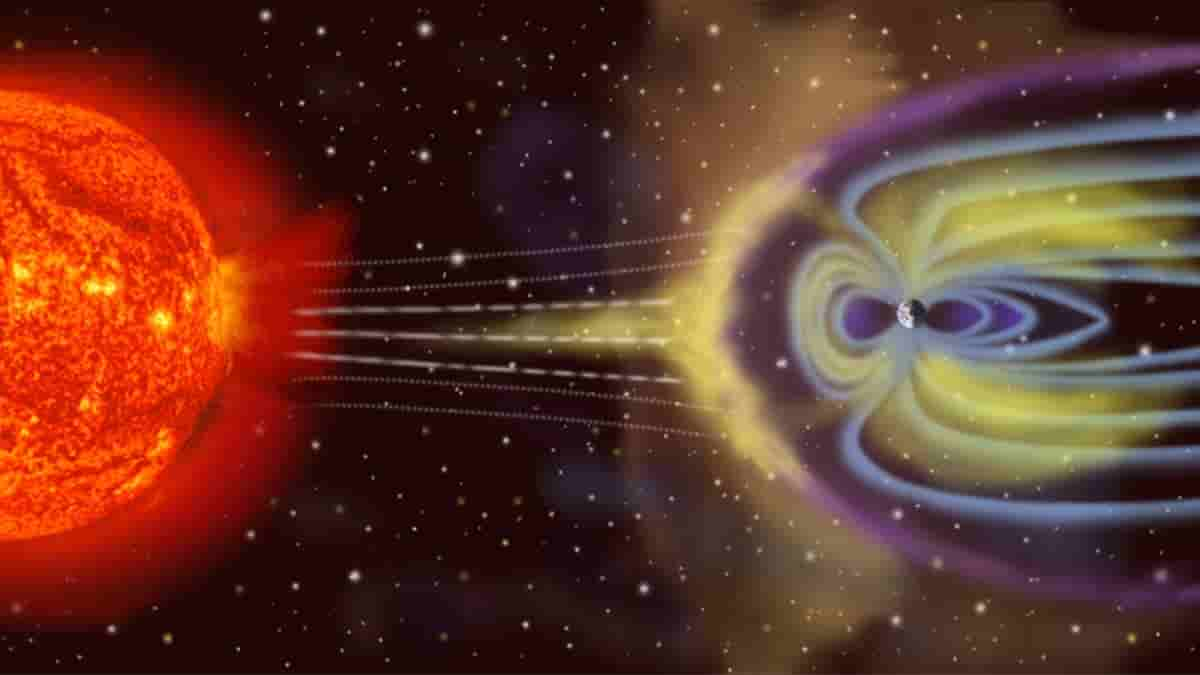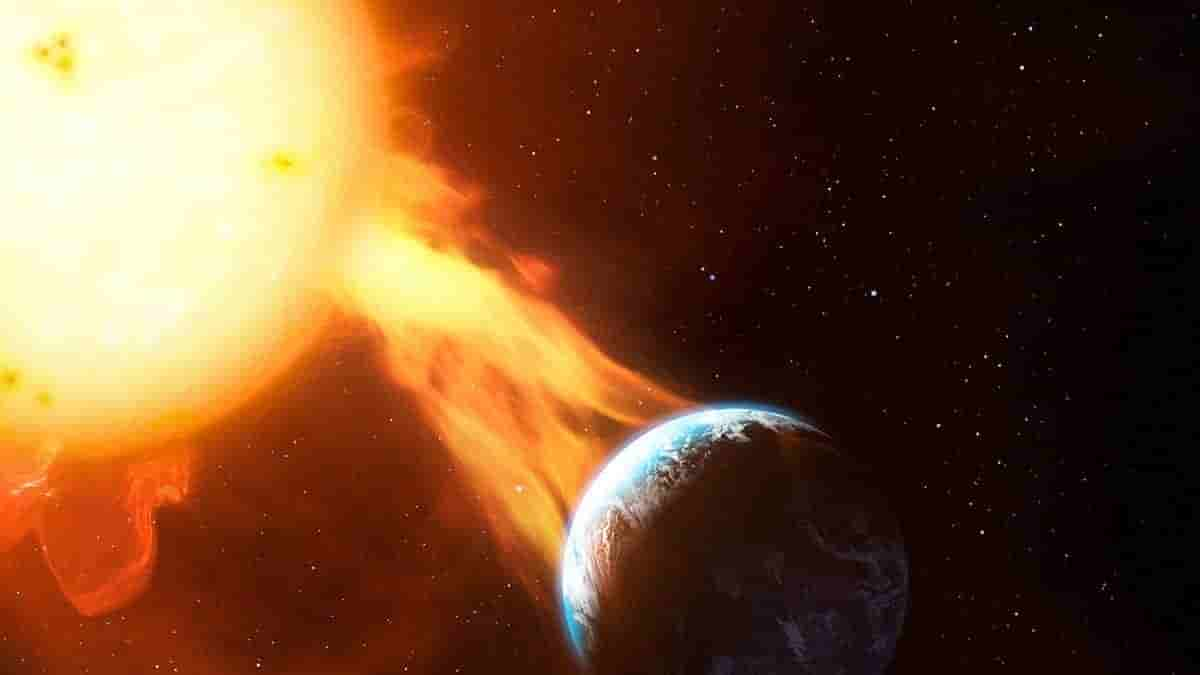Geomagnetic storm: All you need to know about this phenomenon

A geomagnetic storm may affect Earth on Wednesday, according to the US National Oceanic and Atmospheric Administration (NOAA).
Recall that a solar flare of the C9.3 class was released toward us on Sunday as a result of an explosion on the Sun.
This flare may generate a storm when it enters the atmosphere, which would interfere with communications and cut off power.
Let’s explore this occurrence.

As the Sun begins a new 11-year solar cycle, geomagnetic storm occurrences are anticipated to increase in occurrence.
There is little chance that the upcoming storm that NOAA has forecasted would harm anything. We might see power outages, though.
There is also a chance that satellite communications would temporarily fail and migrating animals will become lost.
Where does the flare originate?
The Sun’s edge temporarily obscured the massive explosion. The Solar Dynamics Observatory of the National Aeronautics and Space Administration (NASA) did get images of hot debris ejecting from the location.
There won’t likely be any significant impacts on Earth from the gaseous material that is leaking out of a hole in the Sun’s atmosphere in the south. A weak geomagnetic storm could still develop, though.
Geomagnetic storms: What are they?
Strong solar winds termed coronal mass ejections that disrupt the outermost region of the Earth’s magnetic field and produce electrical impulses, which in turn produce additional magnetic field changes, are what cause magnetic storms.
Such storms also develop when the magnetic fields of the Sun and Earth coincide.
Charged particles that enter the magnetosphere during a magnetic storm produce currents that change the magnetic field.
Effects of geomagnetic storms
The magnetic field that surrounds our planet creates auroras when charged particles from the Sun brush against it and are deflected toward the poles. Radiation bursts can cause power grid oscillations when they are strong enough to produce their magnetic field and electrical currents.
How many different kinds of geomagnetic storms are there?
There are two categories of geomagnetic storms: recurrent and non-recurrent.
During the solar cycle’s descending phase, the recurring ones typically occur every 27 days. The high-pressure areas on Earth have a magnetic field that is south-directed, which causes them to occur.
However, during solar maximum, the non-recurrent ones happen more frequently. They result from instabilities triggered by swift coronal mass ejections.


